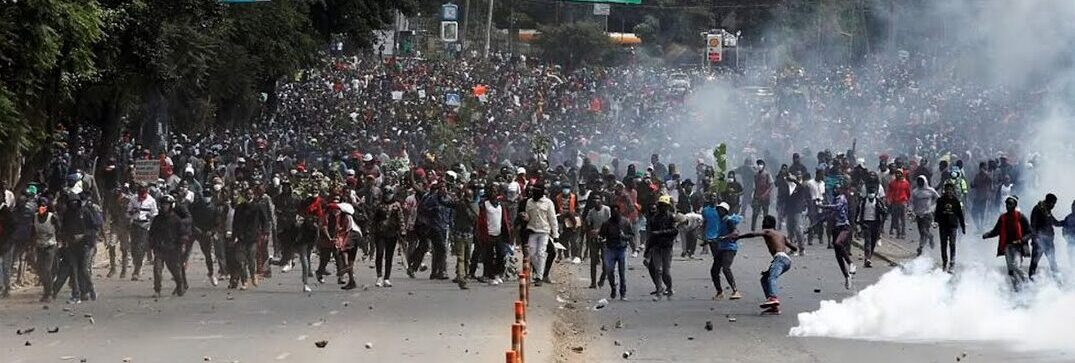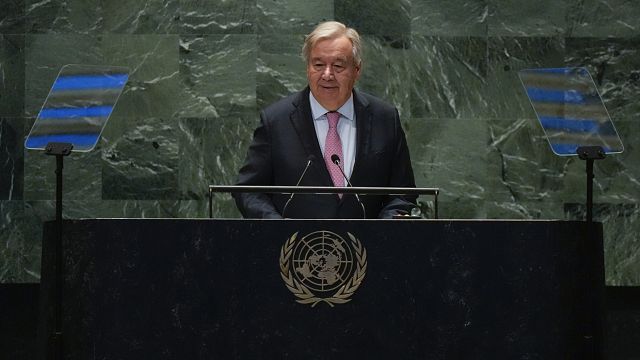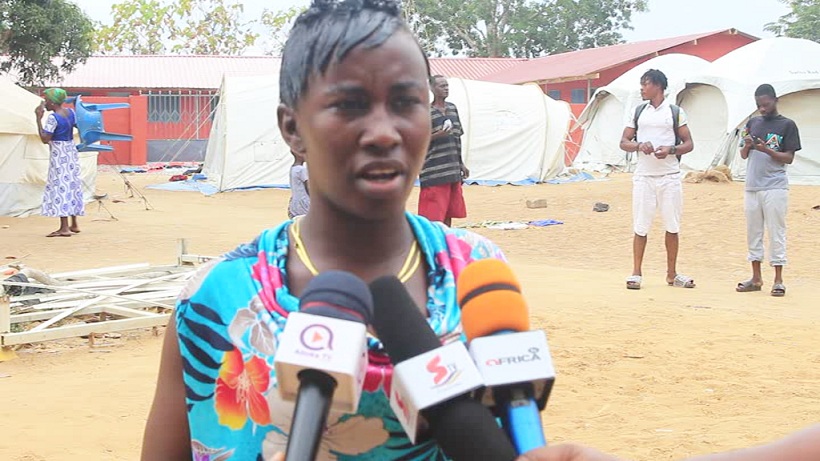The 29th Conference of Parties (COP29) to the United Nations Framework Convention on Climate Change (UNFCCC) begins today on November 11, 2024, in the Azeri capital of Baku. And while the delegates converging on the city will mostly discuss climate policy, the large body of water on which Baku is located is itself emblematic of how humans did not (and do not) understand the meaning of ‘sustainability’.
The Caspian Sea—the largest inland body of water in the world—is home to several types of ‘sturgeon’, whose eggs have spawned an industry catering to some of the wealthiest people in human history.
“Caviar is a delicacy consisting of salt-cured roe of the family Acipenseridae. The term “caviar” originated from the Persian expression of “Mahi Khaviari,” which means the “egg generating fish”,” the authors of a 2021 paper titled Sturgeon, Caviar, and Caviar Substitutes: From Production, Gastronomy, Nutrition, and Quality Change to Trade and Commercial Mimicry, note.
They add that the most popular and valued caviar has been produced from sturgeon fished in the Caspian Sea.
So, what are ‘sturgeon’? “Sturgeon is the common name for 27 fish species belonging to the Acipenseridae family. The family of sturgeon has 4 genera namely Acipenser, Huso, Pseudoscaphirhynchus, and Scaphirhynchus. The species of this family are mainly distributed in Eurasia and North America and 14 of them are commercially important,” the paper states.
Some of the most prized caviar has come from the beluga (Huso huso), Russian (Acipenser gueldenstaedtii) and stellate (Acipenser stellatus) sturgeons, all found in the Caspian Sea.
Food of the tsars
In her review of Caviar: The strange history and uncertain future of the world’s most coveted delicacy by Inga Saffron, Emma Fisk notes that according to Saffron, caviar was widely appreciated in the Russian Empire for religious reasons. “Travelers who indulged in it at its freshest attempted to bring delicacy to the Italians, Greeks, and Ottomans,” Fisk writes.
The Russian Empire’s successor state, the USSR or Soviet Union, “managed to maintain some control over sturgeon fishing by nationalizing caviar production, but even that wouldn’t last”, writes Fisk.
Following the collapse of the USSR in 2001, all hell broke loose. As the authors of the 2021 paper notes, “Until recent times, Caspian Sea fisheries have produced an overwhelming preponderance of the caviar in international trade. Once carefully regulated, the industry suffered from rampant overfishing and a Mafia takeover after the collapse of the Soviet Union.”
With Caspian sturgeon vanishing in the wild, poachers and traffickers looked across the Atlantic to North America to fill the gap.
The situation of sturgeon species is so tenuous that since 1997, they “have been put into the appendixes of the CITES regulations”, notes the paper.
“Sturgeon have also been listed by the IUCN (International Union for Conservation of Nature) as species with an extinction risk,” it adds.
At the moment, aquaculture or farming of sturgeon is the only hope for the beleaguered fish. The authors of the 2021 paper note that “aquaculture may take off much of the pressure on the endangered wild sturgeons”.
It, perhaps, may be a reminder to delegates meeting in Baku—the mighty Caspian on which the city is located is vanishing. Its legendary sturgeon is at risk too. And its oil wealth still lures Big Oil. But in all this, ‘sustainability’ like elsewhere on the planet, has taken a backseat.
The post As world converges on Baku for COP29, the Caspian’s highly threatened sturgeon are a reminder of message of ‘sustainability’ appeared first on The Herald ghana.
Discover more from HOT SOURCE NEWS
Subscribe to get the latest posts sent to your email.



